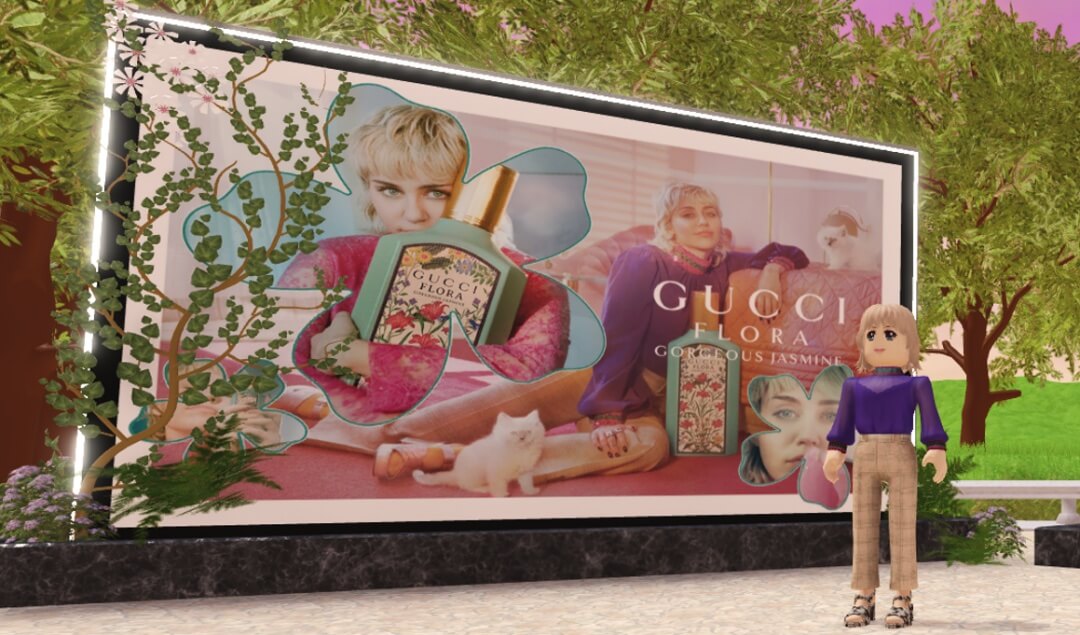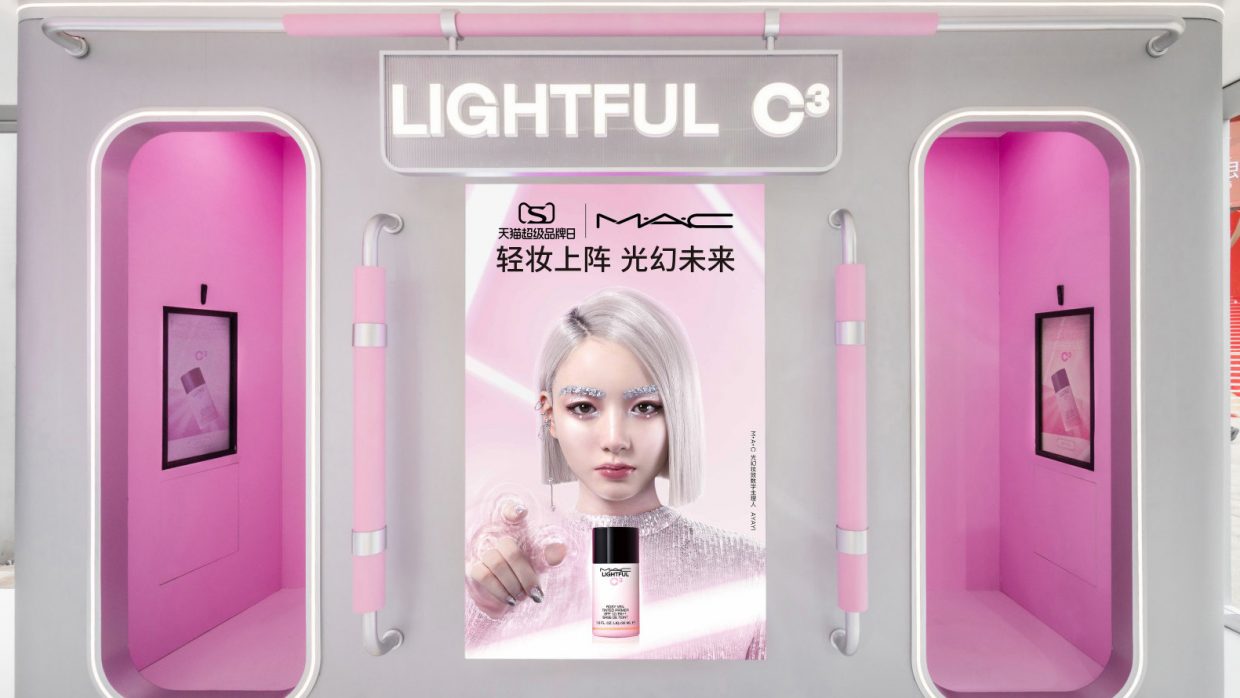Of all the ways audience experiences have changed during the past decade, one we should pay special attention to is the personal, subjective impact of influencer marketing. According to one study, the global influencer market was valued at US$16.4 billion in 2022 alone. Other research foresees the market value reaching US$109.37 billion by 2028.
While this type of marketing has obviously been popular with brands for decades, the advent of the metaverse and other innovations is now changing the dynamic of how audiences are built and engaged. How is influencer marketing changing – and how can it be used today to extend a brand’s reach? Here are some ideas on how to master the art:
A metaverse made for influencers
In the metaverse, influencers’ avatars can create countless new opportunities for brands to interact with customers within an immersive experience. One example is Miley Cyrus, the popular American singer and face of Gucci Beauty’s Flora Gorgeous Jasmine campaign. In Gucci Town, the brand’s bespoke virtual world on Roblox where users can create and share experiences with friends, the influencer’s avatar appears in Flora Fantasy, the digital version of the campaign. There, visitors can take selfies and interact with the virtual Miley, participate in challenges and games, learn more about the new perfume product and earn rewards.
With this metaverse experience, visitors can participate from any location and at any time. Simultaneously, as they share experiences and make connections, they grow a new Gucci brand community.
Source: The Beauty Influencers
Weighing the worth of virtual influencers
Though collaborating with influencers can be effective for brands, it also comes with certain risks. Influencers are human, after all, and prone to creating the ‘buzz’ for the wrong reasons. To minimise this risk, many brands have turned to non-human virtual/metaverse influencers – fictional characters generated with CGI technologies who mimic the realistic characteristics, features and personalities of humans.
For brands considering virtual influencers, the possibilities and implications are almost limitless. With total control in the hands of the brand, there is almost no risk of scandal. Brands also have greater freedom to tweak and design campaigns to target specific audiences, especially younger generations who are more likely to be engaged by these new media content.
In some cases, virtual influencers can be even more effective than humans in engaging audiences. In China, the value of the ‘virtual idol’ core market is estimated at US$49 billion this year by Statista.com – a huge leap from just under US$1 billion in 2021. Virtual influencers connect with their fans through a broad, complex social media web using multiple platforms such as Weibo, bilibili and Douyin (Twitter, YouTube and TikTok’s counterparts in China) as well as shopping platforms like Xiaohongshu or Taobao. These primarily e-commerce-driven platforms amplify the potential of Chinese virtual KOLs to grow their online followings and cash in on their connections with fans.
One of the most popular of the virtual influencer breed is Ayayi, the first metahuman (hyperrealistic digital human) in China, who made her first appearance on Xiaohongshu in 2021. A combination of detailed CGI work and well-developed life narratives are keys to Ayayi’s successful collaborations with brands such as L’Oréal and Tiffany. In 2022, Ayayi served as an ambassador for beauty brand M.A.C.’s ‘Lightful C3’product line, where a metaverse-themed pop-up beauty event started a viral trend of ‘Ayayi-alike’ metaverse makeup on Chinese social media. The event generated a wave of attention and organic social media impressions, and event-related hashtags garnered over 60 million impressions.
Source: Jing Daily
Lining up to your target audience
Whether real or virtual, influencer marketing must be precisely targeted if it is to effectively facilitate building communities and fostering interaction. For this, it must establish a sincere and believable link between the influencer and the brand’s values. Originality and creativity are essential currencies in this ‘creativity rules’ environment, and the more fun and interactive, the better.
For example, when Midea targeted a young, tech-savvy audience with its activation of the ‘Escape Room Experience at Midea Pop-up Store’, the promotional effort before and during the event used KOLs from tech, gaming and other popular channels on platforms including Weibo, Douyin, Kwai, Youku and iQiyi. The same platforms enabled viewers to vote on the actions of influencers in the store in real time. By capitalising on the appeal of interacting with influencers, the event gained more than 150 million impressions and an online audience of more than 140 million via livestreams, greatly extending the brand’s reach.
Source: Pico Global YouTube Channel
Conclusion
Influencers come in all shapes, sizes, and even forms. While emerging trends in the marketing industry have created new opportunities and mediums for influencer marketing, they come with equally new audience expectations. For a plan to be effective, it is essential to understand those expectations before leaping onto the latest tech bandwagon.



